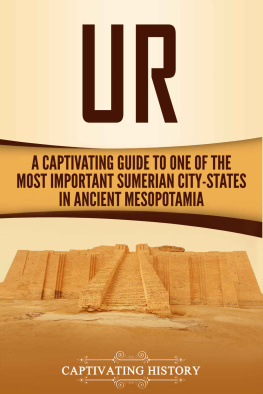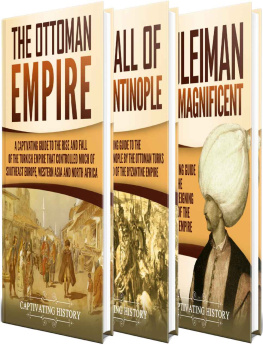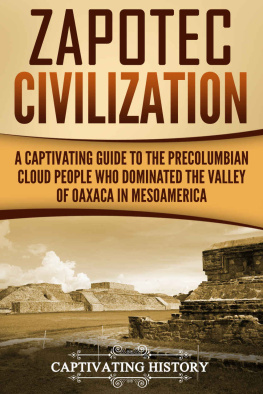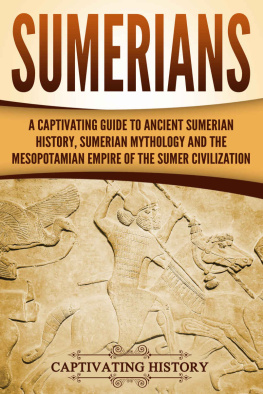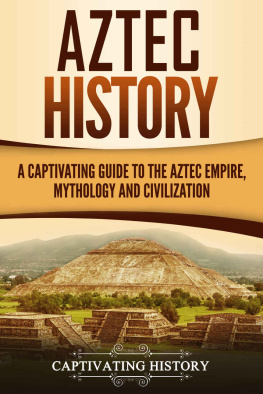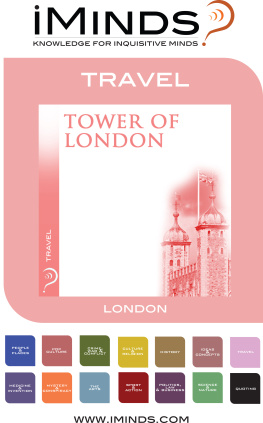My name is Matt Clayton, and Im the creator of Captivating History. First off, I want to THANK YOU for reading our books in the Captivating History series. As an avid reader of History myself, I aim to produce books that will hold you captive.
Now you have a chance to join our exclusive history list so you can get the ebook below for free as well as discounts and a potential to get more history books for free! Simply click the link below to join.
P.S. If you join now, you will also receive a free Mythology book. Remember that its 100% free to join the list.
Introduction
If you were to visit Iraq and go to the Dhi Qar Governorate to the south, right there next to the Persian Gulf, some 16 km/9.4 miles from the city of Nasiriyah, you will run into the site called Tell el-Muqayyar. At first it doesnt look like much, but then you spot that mountain-like structure in the distance. The closer you get, you see what looks like city remains. Torn bases of walls, foundations of houses, something thats a bit too big to be a regular house, yet you cant tell what it is.
The building reminds you of something. Probably a pyramid, but more Mayan or Incan, with more terraces, more layers. No, thats not right. This one is different. It gives you the vibe of Babylon, but not quite. The bricks are odd, not quite straight, yet not quite circular. You can spot an odd bone here or there, several modern-day markers, largely in Arabic, and maybe, just maybe, a few people digging around and talking about what they pull out. Youre definitely at an ancient site, but which one?
You might even spot a few priests there, at the site, discussing things and, if youre lucky enough to see it, making the sign of the cross or the crescent. Youre now sure this is an important site but cant quite place it. You see traces of what seems like a canal. Then you note a large area which somewhat feels like death, and you recognize it as a cemetery. A big one at that. One that might look like it contains the remains of people of high social standing. Now you KNOW this site isnt any old site. And soon enough, you connect the dots the moment you spot a Sumerian statue and cuneiform writing, the minute you take note of several different scripts next to that, some in Arabic, some in Greek, some in Hebrew.
Yes. This place, here, where you are, thats the ancient city of Ur.
The city which houses the mighty Ziggurat. The Biblical Ur of the Chaldees where Abraham was supposedly born. The site near which the earliest human cultures were found. The site which held the most glorious Sumerian Dynasty in ancient history. That Ur is right here before you. Much in the same way it was before Sir Leonard Woolley in the early twenties of the last century attempted and succeeded to open it up to the world again. The city that was destined to die and be reborn every millennium or so, a city full of intrigue, magnificence, tragedy, and glory.
Reading this book, you will get a sense of how Ur came to existence, how it grew, reached its zenith, fell, re-rose, and ultimately perished until it reemerged a little over a century and a half ago. You will learn of its history, laden with wars, trade, divine worship, political corruption, and entertainment. You will know why people of Abrahamic faiths in particular hold this city in high regard. And, hopefully, youll wish that the visit to this spectacular city described in this introduction was real and that you could visit it immediately.
Chapter 1 The Brief History of Ur: Founding of the City, Rise, Fall, Rediscovery
Ur is known as one of the post-diluvian cities of ancient Sumer, i.e., it came to prominence after the mythical Deluge. The first human settlement can be dated as far back as 3800 BC and was part of the so-called Ubaid culture, which will be discussed in the following chapter. The city itself was historically mentioned in writing back in 26 th century BC. According to the document known as the Sumerian Kings List, which was written much later, during the so-called Isin-Larsa period, a certain Mesannepada or Mesh-Ane-Pada was the first ruler of the First Dynasty of Ur. Inscriptions and insignia of several kings not mentioned in the Kings List were found in the royal cemetery of Ur, indicating that Mesannepada was an actual historical king of the city proper.
Little is known of the city during the period of both the First and Second Dynasties of Ur, but roughly around 2270 BC (or even a couple of decades later), Sargon the Great conquered most of the Sumerian city-states, establishing Akkadian dominion over them. Ur itself doesnt offer a lot of evidence dating to this period, but from what the archeologists could make out based on the remains found in graves dating back to this time period, Ur played an important role back then as well, with Sargon and his successors seeing the city as an important religious and cultural place at the time.
After the Akkadians fell under the nomadic Gutians, Ur regained de facto sovereignty, and it wasnt until Utu-hengal of Uruk that the city would see itself rise again, namely due to Utu-hengal appointing Ur-nammu as the governor of Ur, which would prove disastrous for him. Ur-nammu, in turn, became a powerful ruler, and the control of most of Sumer fell to Ur again. With this king starts the famed Third Dynasty of Ur and the prosperous Ur III Period, possibly the highest point of this city-states long existence. During the reign of the five kings from this dynasty, especially Ur-nammu and his son Shulgi, Ur became a cultural and economic powerhouse, rivaling that of older, more highly-respected cities, such as Kish or Nippur.
After the last ruler of this dynasty, Ibi-sin (or Ibi-suen) suffered a devastating and humiliating defeat under the nomadic Elamites, as well as other tribes, Ur began its rapid decline. Later rulers of both Isin and Larsa Dynasties would incorporate the city within their own vastly smaller empires, until its control would ultimately fall to Hammurabi of Babylon. Babylonians held their dominion over Ur with two rulers, Hammurabi and Samsu-iluna. After the latter left the city, it went under the control of the nomadic Kassites, who took control and ruled over the city until the early rise of the Assyrians in the north. The so-called Sealand Dynasty of kings followed, yet Assyrians reclaimed the lands soon after. The so-called Chaldean, or Neo-Babylonian, kings seized control of the city not long after, earning the city its biblical title Ur of the Chaldees. The Neo-Babylonian kings would be the last known rulers to undertake major reconstructions and reparations of the city, and the last known people to live there were early Persians. Roughly around 500 BC, when the entire Mesopotamian region was dominated by Persia, Ur had already been abandoned, largely due to river pattern changes and the subsequent drought that followed.

